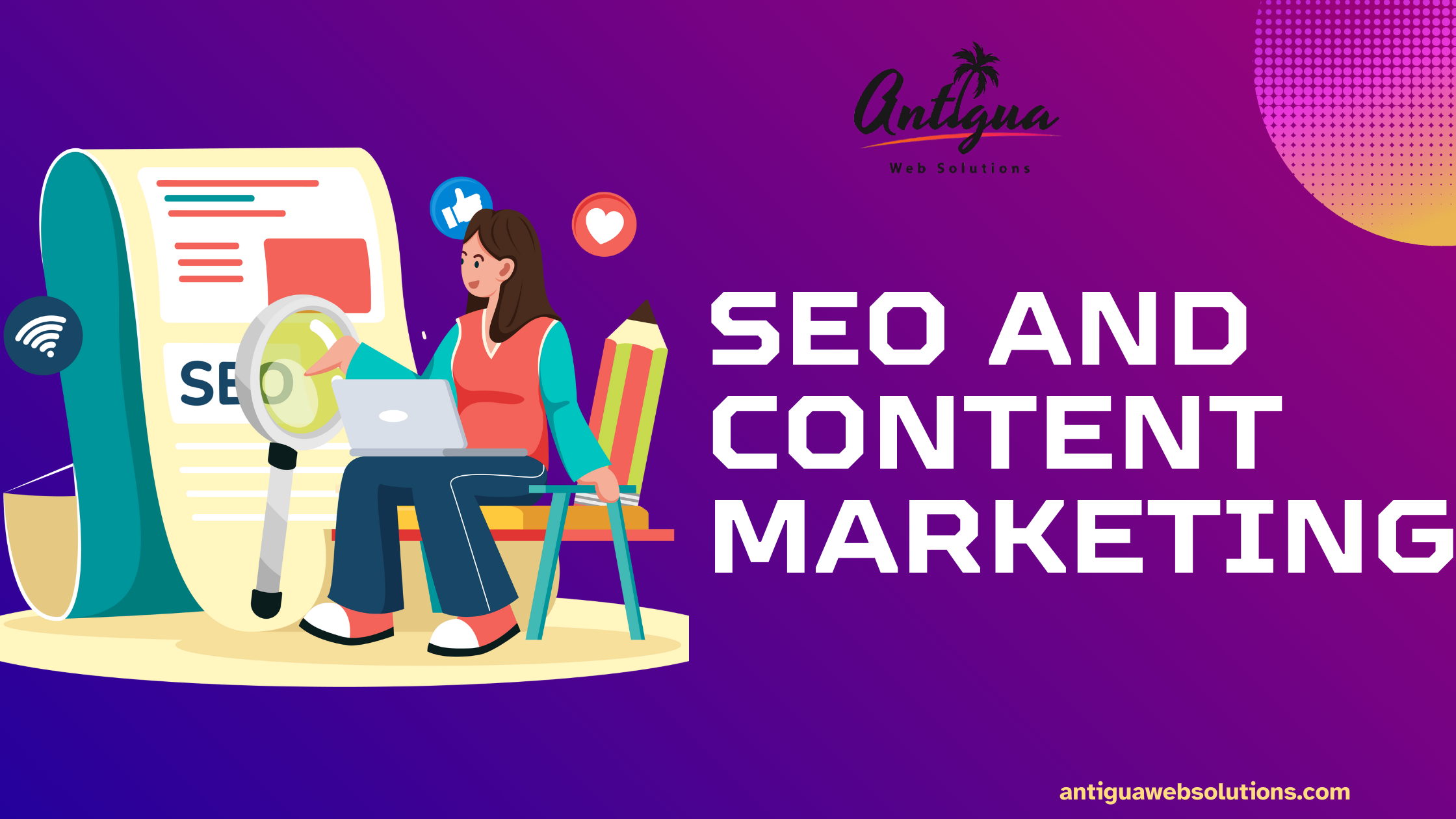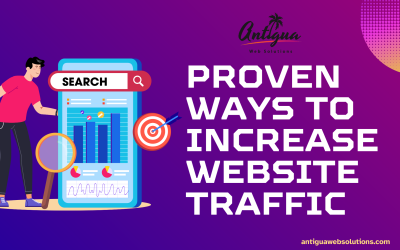In the ever-evolving digital marketing landscape, two powerhouse strategies stand out: SEO (Search Engine Optimization) and content marketing. These two disciplines, though distinct, are deeply interconnected and, when combined, can produce incredible results for businesses aiming to grow their online presence.
This guide explores the symbiotic relationship between SEO and content marketing, detailing how to effectively combine them into a cohesive strategy. By the end of this article, you’ll have a clear understanding of how to leverage these strategies to drive traffic, boost engagement, and generate leads.
What is SEO?
Search Engine Optimization (SEO) involves optimizing your website to rank higher in search engine result pages (SERPs) and attract organic traffic. Its core components include:
- Keyword research: Identifying terms your target audience searches for.
- On-page SEO: Optimizing content, meta descriptions, and headings for search engines.
- Technical SEO: Ensuring your website is fast, mobile-friendly, and accessible to search engines.
- Off-page SEO: Building backlinks to increase domain authority.
The primary goal of SEO is to make your website more discoverable and valuable to both users and search engines.
What is Content Marketing?
Content marketing focuses on creating and distributing valuable, relevant, and consistent content to attract and retain a clearly defined audience. Unlike traditional advertising, content marketing is about delivering value through engaging and informative materials.
Popular forms of content marketing include:
- Blog posts
- Videos
- Infographics
- E-books
- Webinars
The ultimate aim is to guide potential customers through the buyer’s journey by addressing their needs and building trust.
How SEO and Content Marketing Work Together
While some may see SEO and content marketing as separate strategies, they are two sides of the same coin. Content marketing provides the substance that SEO optimizes, and SEO ensures that your content is discoverable.
Why SEO Needs Content Marketing
- Content is Key for Ranking: Search engines like Google rank pages based on relevance and quality. Without high-quality content, SEO efforts won’t yield results.
- Keywords Live in Content: Target keywords are embedded in content, making it a crucial part of SEO.
- Backlinks Rely on Content: Content is what other sites link to, boosting your domain authority.
Why Content Marketing Needs SEO
- Visibility: Without SEO, even the best content may remain unseen.
- Targeted Traffic: SEO ensures that your content reaches the right audience.
- Measurement: SEO metrics help analyze content performance.
Together, content marketing and SEO create a cohesive strategy to attract, engage, and convert audiences.
Strategies to Combine SEO and Content Marketing Effectively
1. Start with Thorough Keyword Research
Keyword research is the foundation of a successful SEO content marketing strategy. It helps you understand what your audience is searching for and how to address their needs.
Tips for Effective Keyword Research:
- Use tools like Google Keyword Planner, SEMrush, or Ahrefs.
- Focus on long-tail keywords for specific, lower-competition terms.
- Identify LSI keywords to add depth and context to your content.
- Prioritize keywords based on search intent, volume, and competition.
2. Create High-Quality, Targeted Content
Your content should be engaging, informative, and aligned with user intent. Quality content not only attracts readers but also keeps them engaged, improving key SEO metrics like bounce rate and dwell time.
Best Practices:
- Address pain points and provide actionable solutions.
- Use a conversational tone to build trust with readers.
- Incorporate visuals like images, videos, and infographics.
- Structure content with clear headings (H1, H2, H3) for better readability.
Types of Content to Focus On:
- Blog Posts: Informational articles optimized for specific keywords.
- How-To Guides: Practical, step-by-step solutions to common problems.
- Infographics: Visual content to simplify complex information.
3. Optimize Content for SEO
Optimization ensures your content is discoverable by search engines. Pay attention to both on-page and technical SEO elements.
On-Page Optimization Checklist:
- Include primary keywords in the title, meta description, and headers.
- Use internal links to guide readers to related content.
- Add alt text to images for accessibility and SEO benefits.
- Ensure URLs are clean and descriptive.
Technical SEO Tips:
- Optimize page load speeds.
- Use a mobile-friendly design.
- Implement structured data (schema markup) for rich snippets.
4. Leverage Content Promotion
Creating great content is just the beginning. Promotion amplifies your reach and enhances SEO content marketing efforts.
Effective Promotion Strategies:
- Share on social media platforms.
- Use email marketing to inform subscribers about new content.
- Collaborate with influencers or industry experts.
- Submit your content to relevant online communities or forums.
5. Measure and Refine Your Strategy
Regularly analyze your performance to identify strengths and areas for improvement. Use SEO and content metrics to guide your strategy.
Tools for Analysis:
- Google Analytics: Track traffic, user behavior, and conversions.
- SEMrush: Monitor keyword rankings and backlink profiles.
- Ahrefs: Analyze competitor content and performance.
Challenges in Combining SEO and Content Marketing
Combining SEO and content marketing isn’t without its challenges. Common hurdles include:
- Balancing keyword optimization with creative storytelling.
- Keeping up with constantly changing search engine algorithms.
- Producing consistent, high-quality content at scale.
To overcome these challenges, focus on delivering value, staying updated on industry trends, and maintaining flexibility in your strategy.
The Future of SEO and Content Marketing
As search engines evolve, the interplay between SEO and content marketing will only grow stronger. Emerging trends include:
- The rise of voice search and conversational queries.
- Greater emphasis on E-E-A-T (Experience, Expertise, Authoritativeness, Trustworthiness).
- Increased use of video and multimedia content.
Staying ahead of these trends will ensure your strategy remains relevant and effective.





